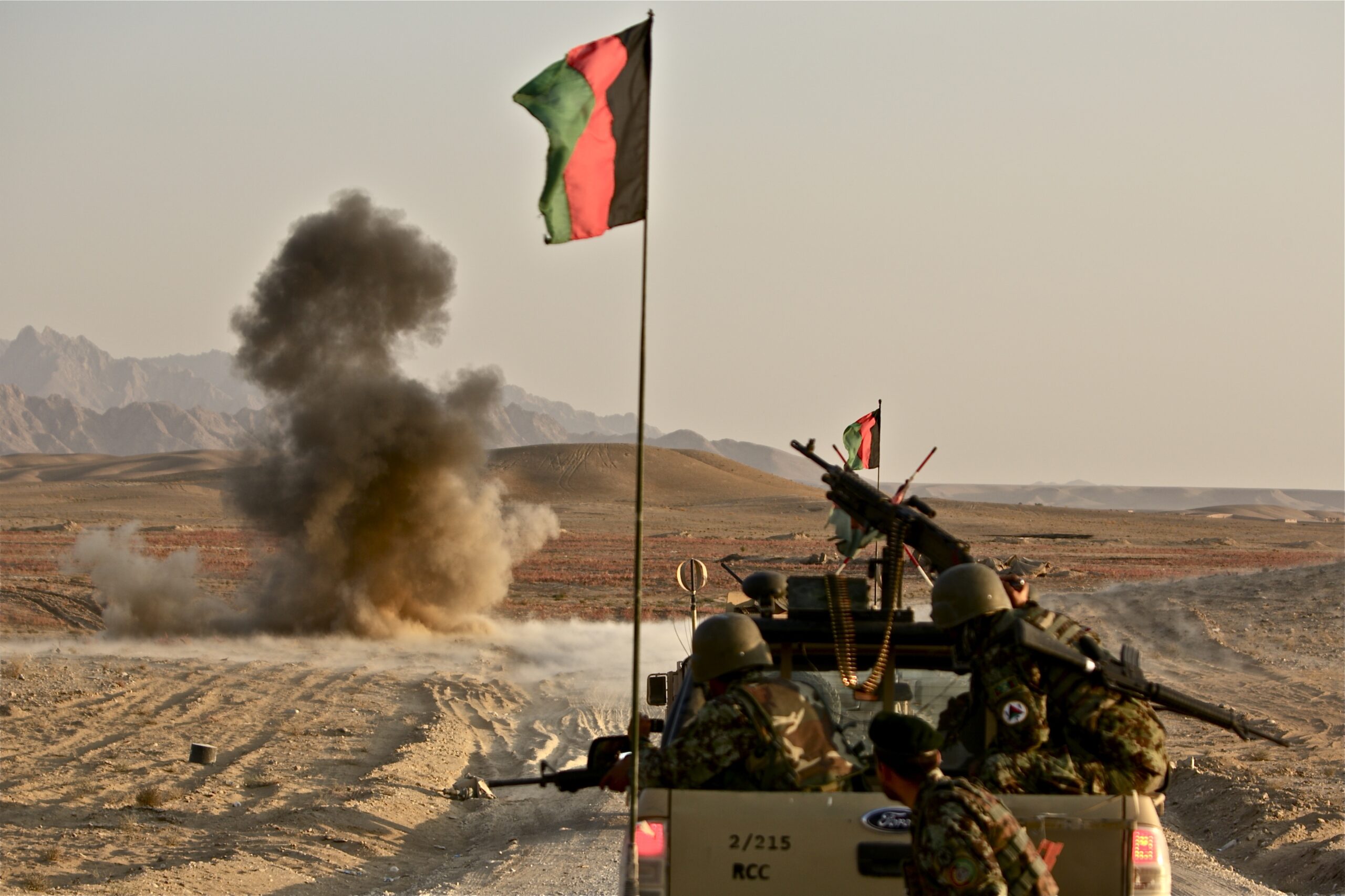After the twin tower attacks on September 11, 2001, the US government declared war on terrorism. The United States authorized war in Afghanistan, as an open-ended commitment to fighting against those who were responsible for the attacks on the US.
On September 20, 2001, President George W. Bush declared that this war would be global, overt, covert, and could last a very long time.
“Our war on terror begins with al-Qaida, but it does not end there. It will not end until every terrorist group of global reach has been found, stopped, and defeated… Americans should not expect one battle, but a lengthy campaign, unlike any other we have ever seen.”
The United States started bombing Afghanistan a few weeks later, and now after almost 20 years of being at war, they’ve pulled out.
In 2002, President Bush declared that through this war, he promised to bring “true peace” to Afghanistan. From here came the ideology that we could democratize, and advance this struggling country. Bush’s plan was to bring “Peace… by helping Afghanistan develop its own stable government. Peace will be achieved by helping Afghanistan train and develop its own national army. And peace will be achieved through an education system for boys and girls.”
While most people tend to forget about this war, the financial and human costs we have to pay are only growing out of control. Generations of Americans to come will be burdened by the cost of this war, and many others will have experienced losses that they did not deserve.
This is the Human Cost of the Afghanistan war:
(data from Linda Bilmes of Harvard University’s Kennedy School and from the Brown University Costs of War project)
American service members killed in Afghanistan through April: 2,448.
U.S. contractors: 3,846.
Afghan national military and police: 66,000.
Other allied service members, including from other NATO member states: 1,144.
Afghan civilians: 47,245.
Taliban and other opposition fighters: 51,191.
Aid workers: 444.
Journalists: 72.
This is only half the cost that America has suffered. There is an estimated $2 trillion of direct costs of the Afghanistan and Iraq wars as of 2020.
In addition to the payouts dedicated to rehabilitating war vets and compensating the families of service members, it’s been estimated that the US is committed to paying more than $2 trillion towards these costs.
The aftermath of this war not only resulted in a sweeping takeover by the Taliban but it’s also left Americans with major debt and a ruined reputation. The war might be over, but the costs will continue…




